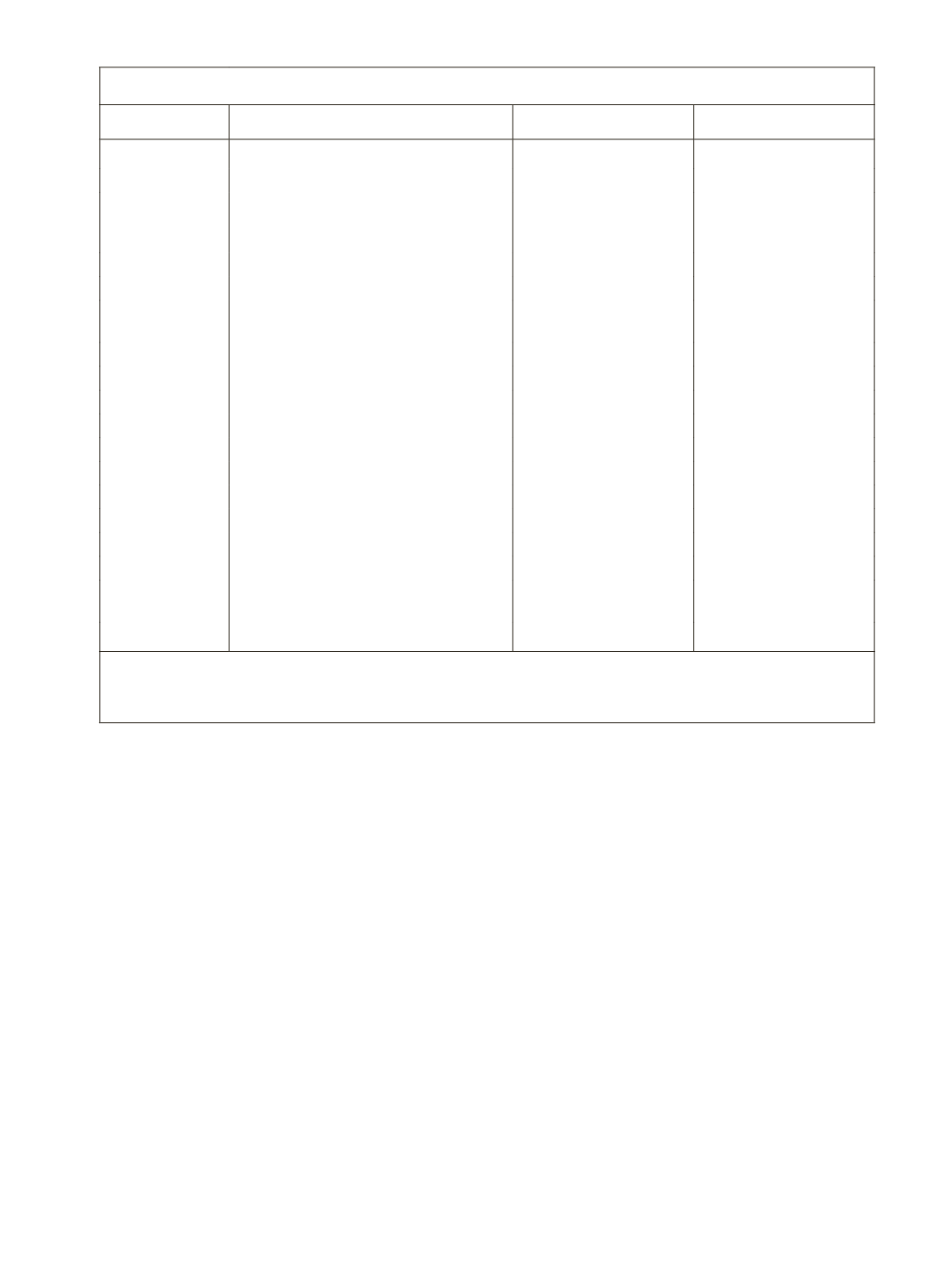
197
the lending rates 6.0% plus 0.5 percentage point. NABARD (2012) writes that
“the rate of interest payable even under RIDF XVII is the Bank rate (6%). The
Bank rate has changed from 6% to 9.5% w.e.f. 13 February 2012. “However, the
RBI has allowed the state governments to pay at the previous Bank rate
plus
0.5% that is, 6.5% to NABARD till 31 March 2012. Loan disbursements from
RIDF on or after April 1, 2012 will be at 1.5% below the prevailing Bank rate”
(p.35).
Economic and Social Benefits of RIDF
Based on its monitoring arrangement, NABARD has said that, RIDF gives rise
to significant potential benefits such as (i) unlocking of sunk investment already
made by the State Governments, (ii) creation of additional irrigation potential,
(iii) generation of additional employment for the rural people, (iv) contribution
to the economic wealth of the State economy, (v) improved connectivity to
villages and marketing centres, (vi) improvements in quality of life through
Table 6.11: Rates of Interest on RIDF Deposits and Infrastructure Lending
Year
Bank Rate & Effective from RIDF Deposit Rate
Lending Rates
1995-96
12% (9.10.1991)
12.50%
13%
1996-97
12% (9.10.1991)
12.50%
13%
1997-98
11% (16.04.1197)
10% (26.6.1997)
9% (22.10.1997)
12.0%
13%
1998-99
10.5% (19.3.1998)
11.0%
12%
1999-2000
8% (2.3.1999)
8.0% *
11.5%
2000-01
7% (2.4.2000)
8% (22.7.2000)
7.0%*
10.5%
2001-02
7% (2.3.2001)
7.0%*
8.5%
2002-03
6.25% (30.10.2002)
7.0%*
8.5%
2003-04
6% (30.4.203)
6.0%*
6.5%
2004-05
6% (30.4.203)
6.0%
6.5%
2005-06
6% (30.4.203)
6.0%
6.5%
2006-07
6% (30.4.203)
6.0%
6.5%
2007-08
6% (30.4.203)
6.0%
6.5%
2008-09
6% (30.4.203)
6.0%
6.5%
2009-10
6% (30.4.203)
6.0%
6.5%
2010-11
6% (30.4.203)
6.0%
6.5%
2011-12
9.50% (14-2-12)
9% (17-04-2012
9.0%
6.5%
2012-13
9%
9%
7.5%
@
@
1.5% below the bank Rate
* A graded system inversely proportional to the shortfall in priority sector targets.
Source:
Culled out From NABARD Annual Reports


